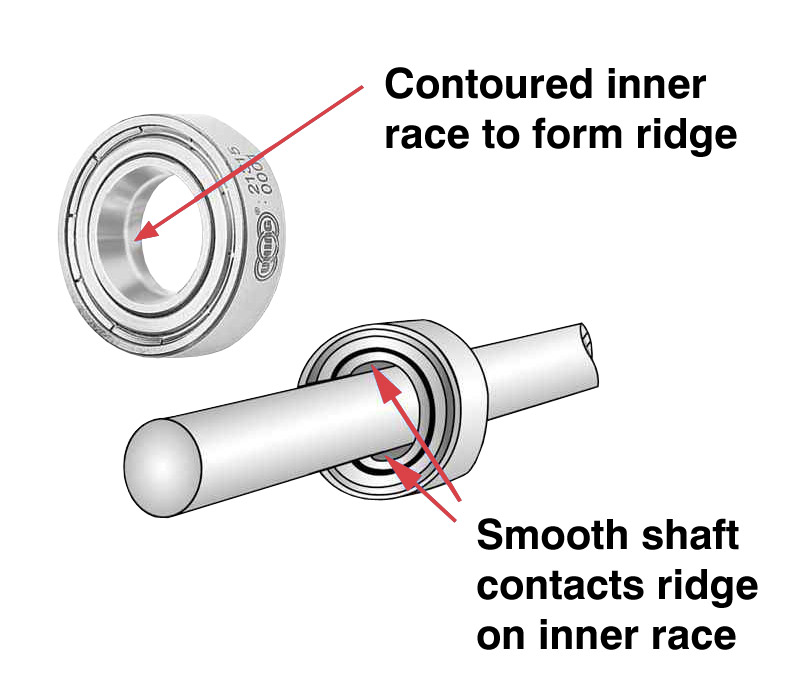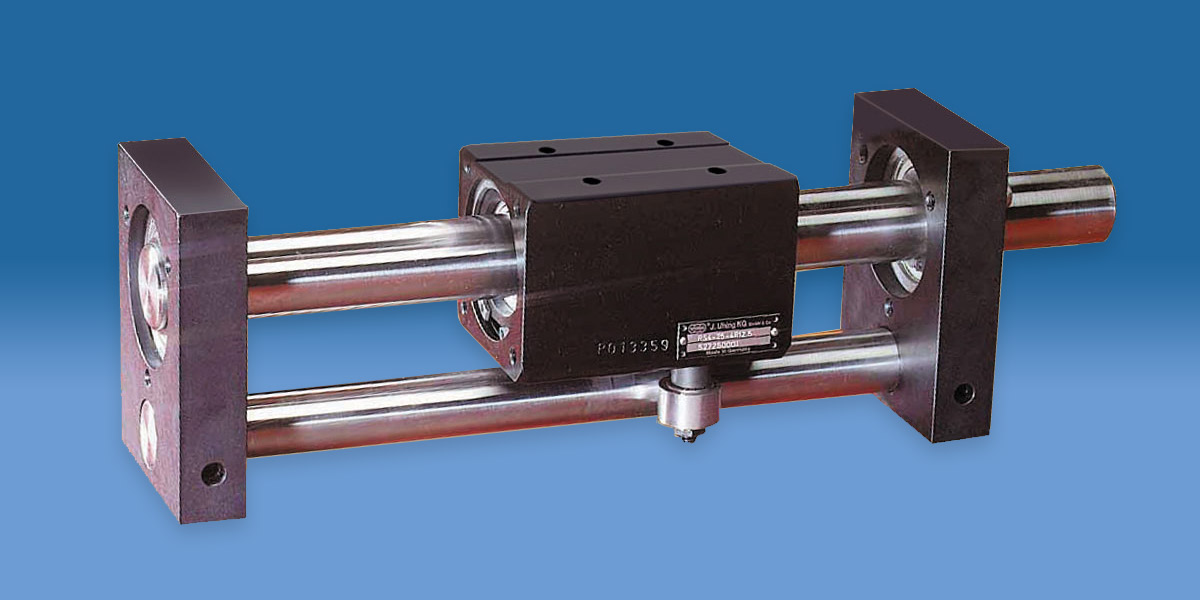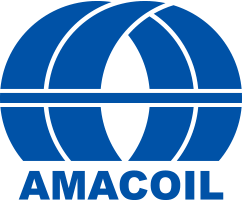Compression and Friction in a Linear Motion System
Unavoidable but not always a bad thing
from Canadian Design Product News
In most linear motion applications, compression and friction within the drive train, while often necessary, are ultimately detrimental to the linear motion system. Compression and friction cause heat and wear. This shortens the system’s lifespan and increases maintenance requirements and costs.
In hydraulic and pneumatic systems, compression and friction are forces the linear drive technology has to work against which consumes available drive power decreasing efficiency. In screw-based systems compression and friction wear the threads down reducing accuracy and eventually requiring replacement of the screw. Lubricants are most often used to lessen the inevitable degrading effects of compression and friction.

Rather than rely on lubricants, a rolling ring system uses a special bearing design to put compression and friction to good use: moving the drive nut (Fig. 1). Rolling ring systems employ compression and friction in such a way that the linear drive’s performance is enhanced and its lifespan is not decreased.
Rolling ring bearings are designed to operate under a predetermined factory-set pressure which gives the drive its axial thrust without sacrificing longevity. The pre-load placed on the rolling ring bearing assembly also eliminates backlash at no cost to the drive’s available thrust or linear speed capability.
This doesn’t mean that rolling ring systems will never lose linear motion efficiency due to the effects of compression and friction. Over time, rolling ring bearings will wear out. But because the system relies on compression and friction to function, the lifespan of a properly sized and selected rolling ring system can be up to ten years and in some cases twice that.
Optimizing the benefits from compression and friction for as long as possible requires a close match between a rolling ring drive’s performance features and the user’s application requirements. A rolling ring linear drive system is sized and designed based on very specific values and design issues which include:
- Payload weight
- Drive shaft RPM
- Travel distance
- Rate of linear speed
- Manner in which payload is attached to nut
Changing any one of these criteria can cause a properly sized rolling ring system that would normally last ten years or more to wear out in a year or possibly less.

To assure longevity of rolling ring systems, Amacoil technical sales representatives use a software program designed by rolling ring drive manufacturer, Uhing Company (Kiel, Germany). The software program accepts application data supplied by the end user and provides rolling ring drive selection specifications geared specifically to the application input data.
Besides indicating the size of the rolling ring drive required for the application, the selection program also yields useful information such as application thrust requirements, drive torque requirements, shaft RPMs, amount of shaft sag over travel span, and back-and-forth nut cycle time. Reviewing the software program output makes it immediately clear whether or not a rolling ring drive system will meet specific linear motion application demands. It is a simple matter to revise application requirements in order to maximize the performance of the Uhing rolling ring drive. Likewise if the application poses forces which exceed the rolling ring drive’s rated capabilities, then other linear motion technologies can be explored without loss of investment.
Rolling ring drive systems are used for reciprocating and positioning/indexing linear motion applications (Fig. 2). Accessories and options are available for basic rolling ring assemblies to meet special load requirements, variations in linear speed, and custom linear movement requirements.
